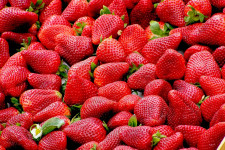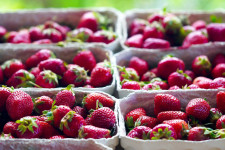The Chemical Composition of Strawberries
Strawberries are not just a delicious fruit; they are also a fascinating study of food chemistry. Their vibrant red color comes from anthocyanins, which are powerful antioxidants. The sweetness of strawberries is primarily due to the presence of fructose and glucose, sugars that contribute to their appealing taste.
The Role of Acidity
Strawberries are slightly acidic, with a pH level ranging from 3.0 to 3.5. This acidity plays a crucial role in their flavor profile and preservation. The balance of sweetness and acidity creates the distinct taste that makes strawberries a favorite in desserts and salads alike.
Health Benefits
In addition to their culinary appeal, strawberries offer numerous health benefits:
- Rich in vitamin C
- High in dietary fiber
- Contain antioxidants that combat free radicals
Understanding the food chemistry of strawberries not only enhances culinary techniques but also encourages healthier eating habits. Whether as a snack or a key ingredient, strawberries encapsulate the harmonious blend of science and flavor.








